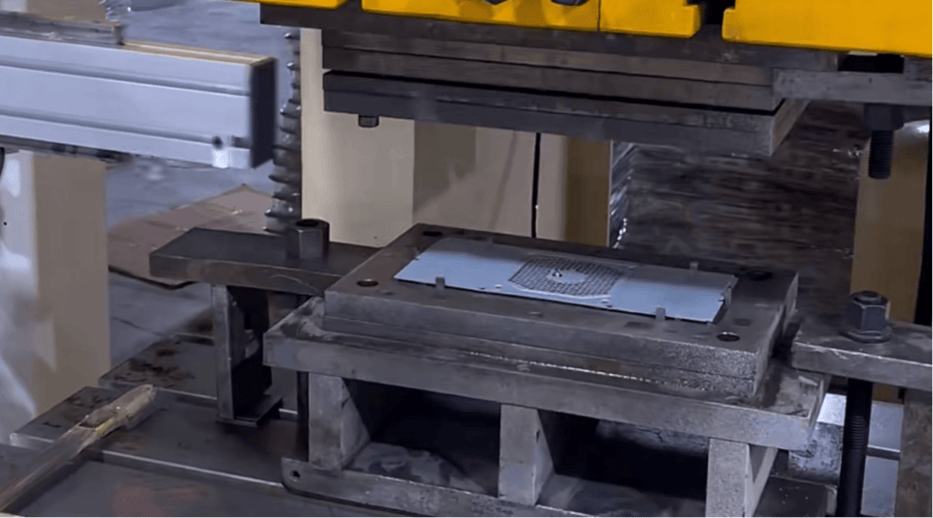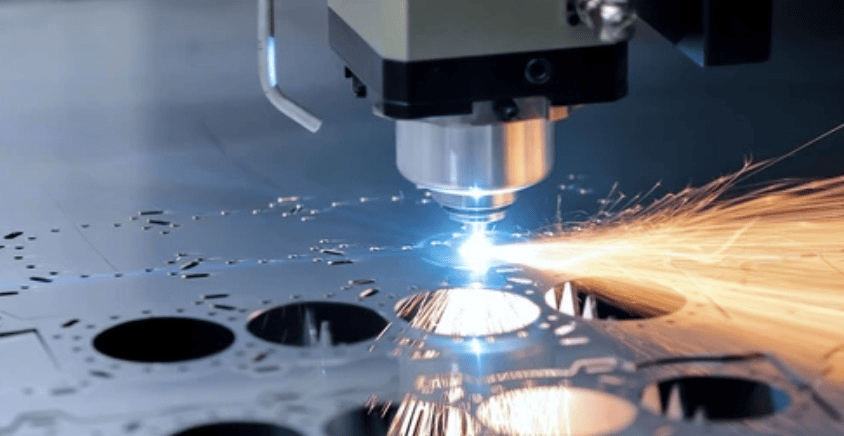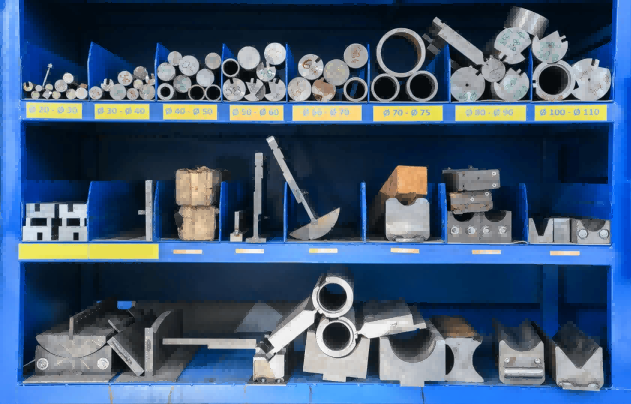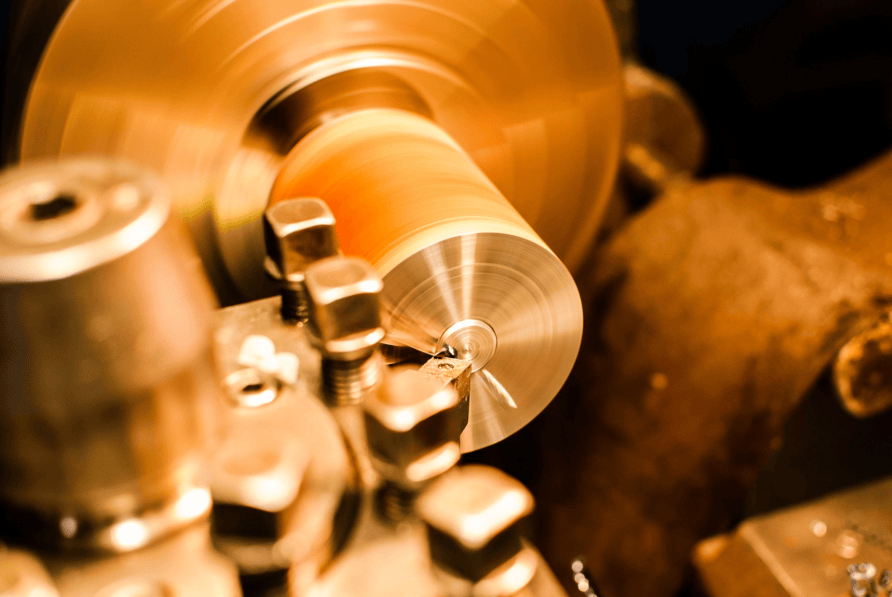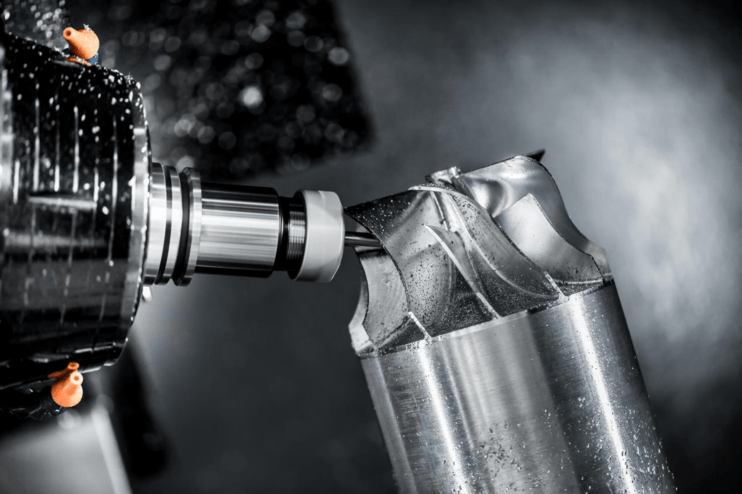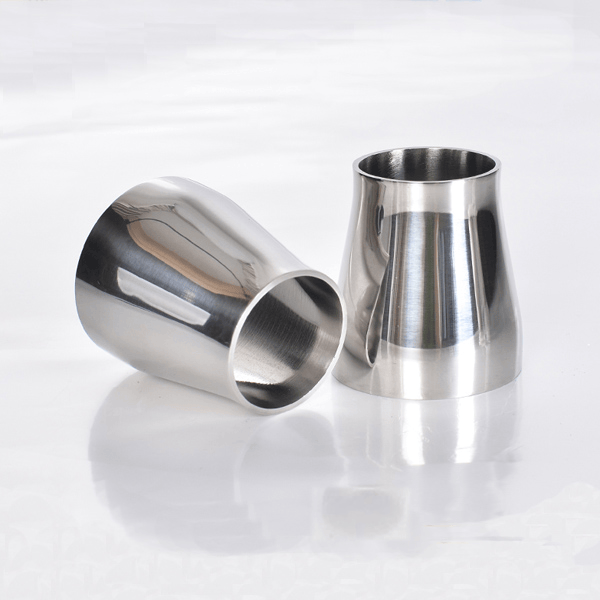Stamping
Stamping is the process of placing flat sheet metal in either blank or coil form into a stamping press where a tool and die surface forms the metal into a net shape. Stamping includes a variety of sheet-metal forming manufacturing processes, such as punching using a machine press or stamping press, blanking, embossing, bending, flanging, and coining.
- Overview
- Related Products
Stamping is the process of placing flat sheet metal in either blank or coil form into a stamping press where a tool and die surface forms the metal into a net shape. Stamping includes a variety of sheet-metal forming manufacturing processes, such as punching using a machine press or stamping press, blanking, embossing, bending, flanging, and coining.
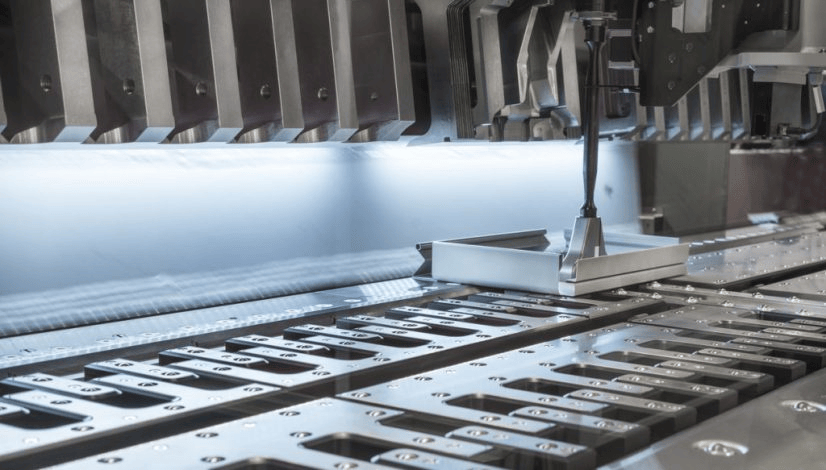
Advantages Of Stamping
1. Cost-Effective for Mass Production
・Stamping is highly efficient for large-scale production, reducing per-unit costs due to economies of scale.
・Once the die is manufactured, it can be reused multiple times, further lowering costs.
2. High Precision and Consistency
・The process ensures uniformity across parts, achieving tight tolerances and accurate dimensions.
・Complex shapes can be produced consistently with minimal variation.
3. Speed and Efficiency
・Stamping machines can produce parts quickly, making it ideal for industries requiring high-volume production.
・Automation in stamping increases productivity and reduces manual labor.
4. Versatility
・Stamping can be used to create a wide range of parts, from simple washers to complex automotive components.
・It supports various materials, including steel, aluminum, copper, and alloys.
5. Reduced Waste
・The process is optimized to minimize material wastage, making it environmentally and economically beneficial.
6. Enhanced Strength
・Stamping can improve the mechanical properties of the metal, such as its strength and durability, due to the work-hardening effect.
7. Design Flexibility
・With advanced tooling, intricate and custom designs can be achieved, meeting specific Application needs.
8. Integration with Secondary Processes
・Stamping can be combined with processes like punching, bending, and embossing, reducing the need for additional operations.
How Stamping work
1. Material Preparation
・Material Selection: The process begins with choosing the appropriate sheet metal, such as aluminum, steel, or copper, based on the application.
・Sheet Metal Size: The metal sheet is cut into the required dimensions and fed into the stamping machine.
2. Die and Press Setup
・Die Design: Dies are custom-made tools that determine the shape and features of the stamped part. They consist of two components:
・Punch: The upper part of the die that applies pressure.
・Die Block: The lower part that provides the mold for shaping.
・Press Machine: A mechanical or hydraulic press is used to drive the punch into the metal sheet.
3. Feeding the Metal Sheet
・The metal sheet is aligned and positioned on the die, either manually or using automated feeding systems.
・Coil or strip feeders are often used for continuous production.
4. Stamping Process
・The press machine lowers the punch with immense force onto the metal sheet.
・Depending on the operation, the metal sheet undergoes various transformations:
・Blanking: Cutting out shapes from the metal sheet.
・Piercing: Creating holes or slots in the sheet.
・Bending: Forming angles or curves.
・Drawing: Stretching the sheet to create deeper parts.
・Embossing: Adding textures or patterns.
・The combination of force, pressure, and precision tooling shapes the metal into the desired part.
5. Ejection and Inspection
・After the stamping operation, the finished part is ejected from the die.
・Parts are inspected for defects, ensuring quality control.
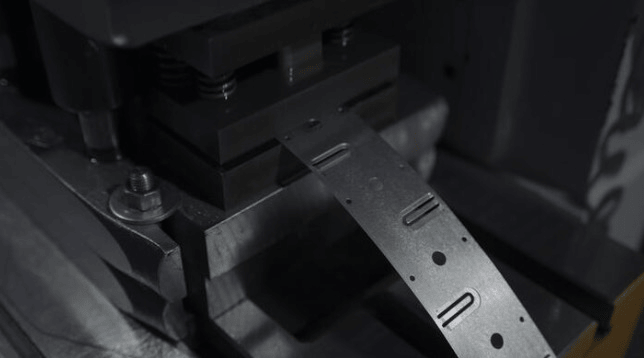
Stamping Materials
Stamping can be performed using a variety of metals, each chosen based on the specific requirements of the product. Common metals include carbon steel and stainless steel, known for their strength and corrosion resistance, making them suitable for industries like automotive and aerospace. Non-ferrous metals such as aluminum (lightweight and corrosion-resistant), copper (excellent electrical and thermal conductivity), and brass (a copper-zinc alloy with good workability) are also widely used. Additionally, high-performance alloys like titanium and nickel alloys are utilized in applications requiring high strength, heat resistance, or durability. Coated metals like galvanized steel (zinc-coated for rust prevention) and pre-finished materials are often selected for outdoor structures or decorative purposes. Material selection depends on factors such as mechanical properties, corrosion resistance, cost, and the specific needs of the final product.
| Dimensional Tolerances ±0.05 mm to ±0.10 mm |
Flatness Tolerances 0.1 mm to 0.5 mm |
Hole Position/ Size Size: ±0.05 mm to ±0.1 mm Position: ±0.1 mm to ±0.25 mm |
| Burr Height 10% of the material thickness |
Parallelism ±0.1 mm |
Perpendicularity ±0.05 mm to ±0.1 mm |
| Factors Affecting Tolerance:Material Thickness,Tooling Precision,Press Machine Capability,Complexity of Design. | ||
Application
Stamping is widely used across various industries, including automotive, aerospace, electronics, medical, construction, consumer goods, renewable energy, defense and military, telecommunications, and packaging. This versatile process supports the production of components with high precision, durability, and efficiency, meeting the diverse needs of these industries.
